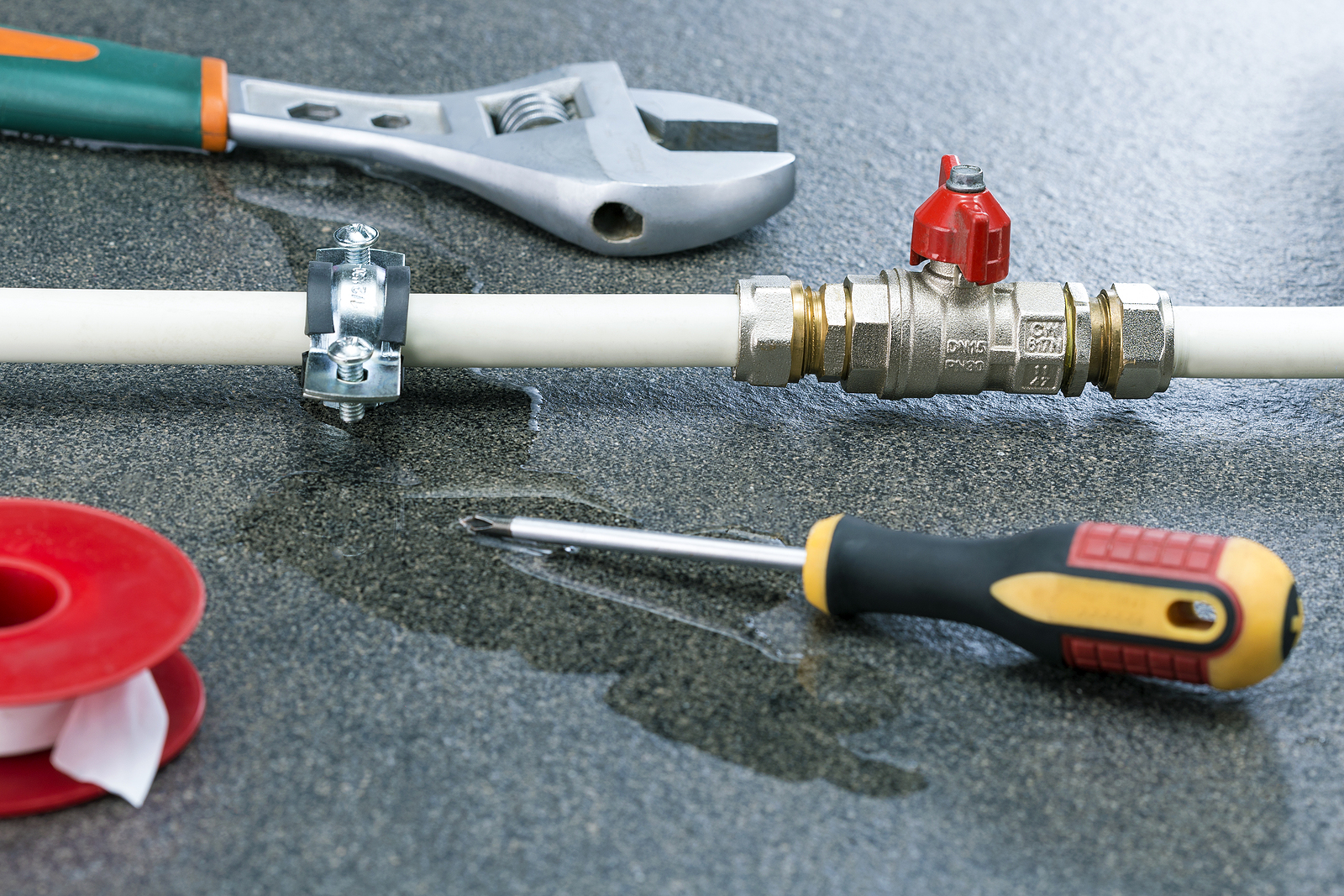Exactly how to Inspect If Your Home Has a Hidden Leakage
Exactly how to Inspect If Your Home Has a Hidden Leakage
Blog Article
We have stumbled upon this article relating to Hacks to detect leaks listed below on the web and thought it made perfect sense to write about it with you in this article.

Early detection of dripping water lines can alleviate a potential calamity. Some tiny water leakages may not be visible.
1. Examine the Water Meter
Every home has a water meter. Examining it is a guaranteed manner in which helps you find leakages. For beginners, turn off all the water resources. Ensure nobody will certainly flush, utilize the tap, shower, run the cleaning device or dish washer. From there, go to the meter and watch if it will certainly transform. Because no person is utilizing it, there ought to be no motions. If it relocates, that shows a fast-moving leakage. Furthermore, if you spot no changes, wait an hour or more as well as examine back again. This indicates you might have a slow-moving leak that can also be below ground.
2. Inspect Water Usage
If you detect unexpected modifications, regardless of your consumption being the exact same, it implies that you have leakages in your plumbing system. A sudden spike in your costs suggests a fast-moving leak.
A steady increase every month, also with the exact same practices, reveals you have a sluggish leak that's likewise gradually intensifying. Call a plumber to completely examine your building, especially if you feel a warm location on your flooring with piping below.
3. Do a Food Coloring Examination
When it comes to water intake, 30% comes from commodes. If the shade in some way infiltrates your bowl throughout that time without flushing, there's a leakage between the container as well as bowl.
4. Asses Exterior Lines
Don't fail to remember to inspect your outdoor water lines as well. Ought to water seep out of the link, you have a loosened rubber gasket. One tiny leak can throw away lots of water as well as surge your water costs.
5. Examine the circumstance as well as inspect
House owners need to make it a habit to examine under the sink counters and also also inside closets for any kind of bad odor or mold development. These two warnings indicate a leakage so prompt interest is required. Doing regular evaluations, even bi-annually, can save you from a major problem.
If you recognize your home is already old, maintain a careful eye on your heating systems, pipes, pipes etc. Check for discolorations and weakening as the majority of appliances and also pipelines have a life expectancy. They will additionally normally degrade because of wear and tear. If you think leaking water lines in your plumbing system, do not wait on it to rise. Call an expert plumber right now so you don't wind up with a horrible mess in your home.
Early detection of dripping water lines can reduce a possible catastrophe. Some little water leaks might not be visible. Inspecting it is a surefire method that aids you find leakages. One tiny leakage can waste heaps of water and surge your water costs.
If you think leaking water lines in your plumbing system, do not wait for it to escalate.
WARNING SIGNS OF WATER LEAKAGE BEHIND THE WALL
PERSISTENT MUSTY ODORS
As water slowly drips from a leaky pipe inside the wall, flooring and sheetrock stay damp and develop an odor similar to wet cardboard. It generates a musty smell that can help you find hidden leaks.
MOLD IN UNUSUAL AREAS
Mold usually grows in wet areas like kitchens, baths and laundry rooms. If you spot the stuff on walls or baseboards in other rooms of the house, it’s a good indicator of undetected water leaks.
STAINS THAT GROW
When mold thrives around a leaky pipe, it sometimes takes hold on the inside surface of the affected wall. A growing stain on otherwise clean sheetrock is often your sign of a hidden plumbing problem.
PEELING OR BUBBLING WALLPAPER / PAINT
This clue is easy to miss in rooms that don’t get much use. When you see wallpaper separating along seams or paint bubbling or flaking off the wall, blame sheetrock that stays wet because of an undetected leak.
BUCKLED CEILINGS AND STAINED FLOORS
If ceilings or floors in bathrooms, kitchens or laundry areas develop structural problems, don’t rule out constant damp inside the walls. Wet sheetrock can affect adjacent framing, flooring and ceilings.
https://www.servicemasterbyzaba.com/blog/how-to-detect-water-leakage-in-walls/

Do you enjoy more info about Detecting hidden plumbing leaks? Post a comment directly below. We will be glad to hear your insights about this entry. We are looking forward that you come back again in the future. Feel free to set aside a second to promote this blog if you liked it. Thank you for your time. Visit us again soon.
Report this page